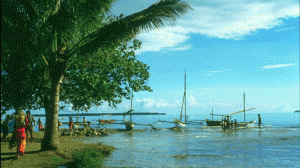
The largest country in Southeast Asia, both in area and population, is the Republic of Indonesia. The majority of Indonesians are Malays (also called Malaysians) and speak Malayo-Polynesian languages. Indonesia developed an official language because of the great variety of tongues spoken in the country: the nation has more than 300 ethnic groups, and about 250 languages are spoken.
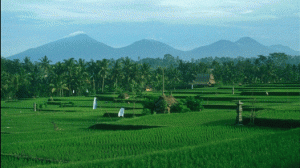
Most Indonesians live in rural areas and are farmers, though they generally raise only enough food crops to feed their own families. Rice is the most commonly grown crop, although cassava, yams and soybeans are cultivated in some parts of the country. Fruit and palm trees often surround the rice fields, substantially contributing to the family food supply.
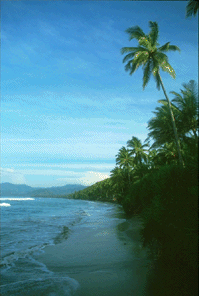
The islands of Indonesia, of which 6,044 are inhabited, spread out over about 3,300 miles (5,300 kilometers) from east to west, and 1,300 miles (2,100 kilometers) from north to south. The country’s total land and sea area is more than 3 million square miles (7.7 million square kilometers). Despite the vast number of islands, five of them account for nearly 92 percent of the land area. These are Sumatra; Java; Celebes (Sulawesi); two thirds of Borneo (Kalimantan); and the western portion of New Guinea, Irian Jaya.
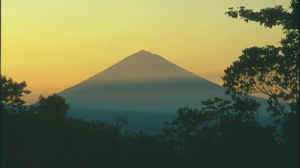
Most of the islands of Indonesia are mountainous. The lowlands, with a few exceptions, are relatively small. Indonesia has more than 60 active volcanoes: they are in a zone that runs mainly through western Sumatra and its offshore islands, central and southern Java, Bali, and Lombok, and into the Lesser Sunda Islands. A smaller zone of volcanoes lies in the northern parts of Celebes and the Moluccas.
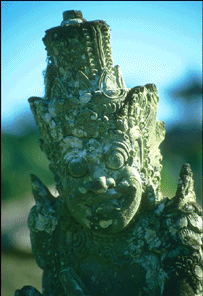
The arts in Indonesia have their roots largely in the pre-Islamic cultures, especially of Java and Bali. An oral tradition of storytelling, particularly of epic tales of Indian origin, continues to be important. Puppet shadow plays associated with the same themes are common in most rural areas. There also is a formal dance tradition, accompanied by an orchestra called a gamelan, consisting of such percussion instruments as drums, gongs, and xylophones, together with flutes and stringed instruments.
